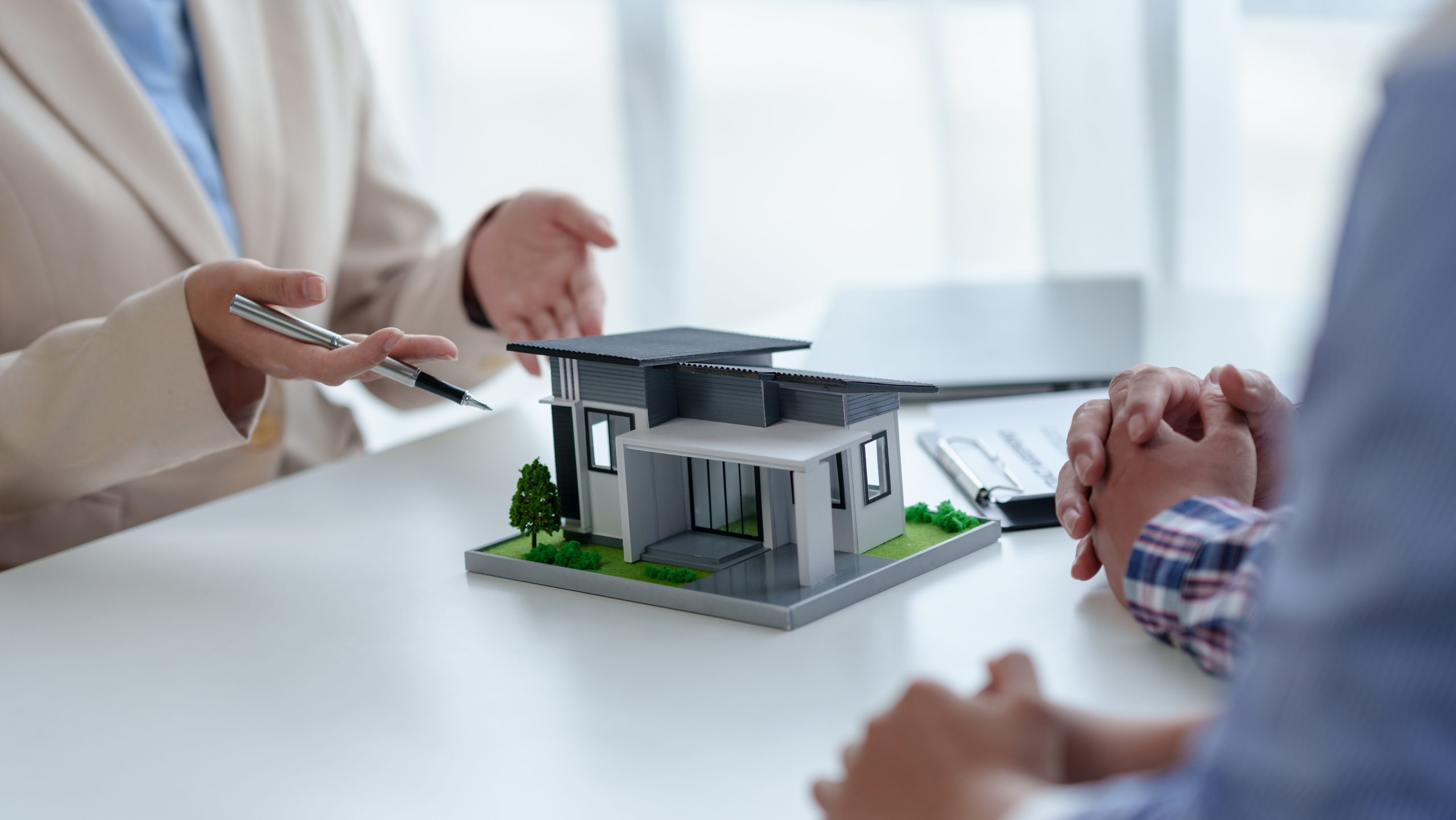
In an era marked by rapid technological advancements and shifting socio-economic landscapes, urbanization trends are evolving at an unprecedented pace. These changes are significantly impacting real estate development, reshaping the way cities grow, and redefining what residents expect from their urban environments. This article delves into the current urbanization trends and explores their profound impact on real estate development.
The Green Revolution in Urban Spaces
One of the most noticeable trends in contemporary urban development is the increasing emphasis on sustainability. Cities worldwide are integrating green spaces, adopting energy-efficient building practices, and emphasizing walkability to improve residents’ quality of life. This shift towards sustainability is not just an environmental statement but a critical factor influencing real estate development. Properties that prioritize eco-friendly features and green certifications are becoming more desirable, pushing developers to incorporate sustainable practices into their projects.
The Digital Metamorphosis of Urban Living
The digital transformation has seamlessly woven into the fabric of urban living, profoundly influencing real estate development. Intelligent cities, characterized by the integration of IoT (Internet of Things) devices, are becoming the new norm. These technologies offer enhanced connectivity, efficiency, and security, making urban areas more attractive for residents and businesses alike. Real estate developers are now prioritizing smart infrastructure in their projects, from smart homes that offer unprecedented convenience and safety to commercial buildings equipped with the latest in technology to attract tech-savvy businesses.
The Rise of Mixed-Use Developments
As cities become more densely populated, the demand for mixed-use developments is rising. These developments, which combine residential, commercial, and recreational spaces, are designed to meet the diverse needs of urban dwellers. They offer the convenience of living, working, and playing in close proximity, which not only reduces commute times but also contributes to a vibrant community life. Real estate developers are increasingly investing in mixed-use projects, recognizing their potential to attract a wide range of tenants and businesses.
Remote Work and Its Implications on Urban Development
The remote work revolution, accelerated by the global health crisis, has profound implications for real estate development. With more people working from home, there is a growing demand for residential spaces that can accommodate home offices. Moreover, this trend is leading to a decentralization of urban centers, as people no longer need to live close to their workplaces. This shift is prompting developers to rethink their strategies. Focusing on suburban and rural areas for new projects that cater to the needs of remote workers.
The Challenge of Affordable Housing
Amid these evolving trends, the challenge of affordable housing remains a critical issue. Urbanization and the consequent demand for urban living spaces have led to skyrocketing property prices. Making it increasingly difficult for many to afford housing in city centers. This issue is forcing real estate developers and city planners to come up with innovative solutions. Such as micro-apartments and co-living spaces, to provide affordable housing options without compromising on quality or location.
The landscape of urbanization is undergoing a profound transformation driven by sustainability, digitalization, the rise of mixed-use developments, remote work, and the pressing need for affordable housing. These trends are not only reshaping the way cities are built and functioning. But are also creating new opportunities and challenges for real estate developers. To navigate this complex terrain, developers must remain adaptable and innovative. And attuned to the evolving needs and preferences of urban dwellers. As we move forward, the ability to anticipate and respond to these trends will determine the success of real estate projects and the sustainability of urban growth. In this dynamic context, understanding and embracing these emerging trends is crucial for shaping the future of our urban landscapes.